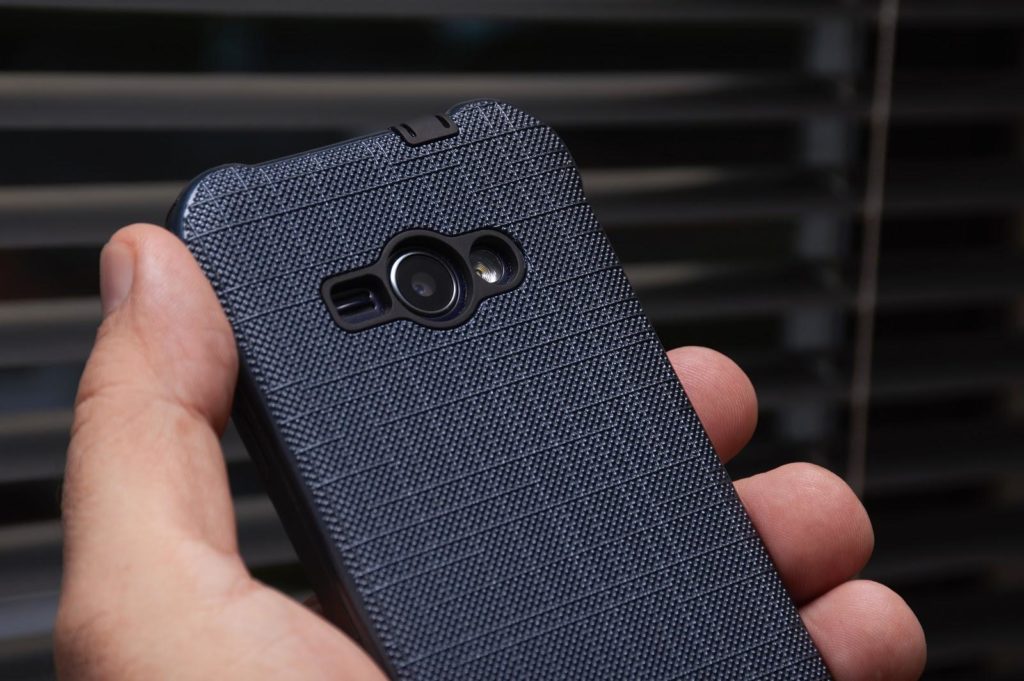Say cheese! Here’re the Five Best Camera Phones Available to Buy Today
Over the past few years, camera phone technology has vastly changed and improved, making picking a camera phone a challenging task. Flagship smartphones are now matching compact camera specs and denting the DSLRs market. As photographers notice the advantages of camera phones, such as their lightweight nature and adaptability to their environment, fewer consumers are paying attention to the professional camera market. The ease of sharing pictures via social media also makes the camera phone an attractive tool for consumers regardless of if they are using it for business or pleasure.

Before the camera phone took off, the concept of merging imagery with communication was alien. Both industries were seen as separate entities and worked in different ways. As for now, we couldn’t imagine a world without the marriage of the two. We have accepted and adapted as consumers to not only now have cameras in our phones, but some of the very best technology around. This integration between the two has changed our world today and impacted, in quite a big way, the way we live. Typically, smartphones were used only to carry out phone calls, texts and e-mails, whereas now it has become increasingly focused on the visual medium with apps such as Snapchat and Instagram. The good news here for consumers is that innovations to smartphone camera technology will drive changes into the mainstream mass market area such as 360-degree video capabilities and 3D imaging. Although these capabilities may seem quite far fetched right now, the combination of hardware and software working in synchronisation to deliver unique users experiences is already evident with apps such as Snapchat and its filters and Pokemon Go which uses smartphone cameras as part of the gaming experience.

Smartphones have been around for nearly two decades. It’s hard to imagine that we will be able to get any more out of them in future than what they already offer us. They give us the ability to do so much, but there’s potential for new technology such as providing the ability to add complex and vibrant visuals to our graphics with high-end image editing software or better quality videos worthy of the big screen. These revolutions to the technology remain a significant drive for the smartphone camera and its future, offering a more substantial experience for the consumers and simultaneously disrupting many other different types of industries.
Given the above concepts and where the industry will go is very exciting. However, it’s all still quite confusing so here’s a list of the top five camera phones available on the market today.
One: Google Pixel 3
Google Pixel 3 is not just the best Android camera but the best camera phone around. Released at the tail end of last year, October 2018 it has a rear camera of 12.2 MP and a front facing camera of 8 MP. The smartphone is available in either 64 or 128 GB. The qualities of the camera offer brilliant zoom, superb night mode and many options for manual control. The downside is that the phone only houses one lens and relies a bit too much upon its software.
Two: Huawei P20 Pro
The Huawei P20 Pro’s three cameras have helped it earn quite a top spot when comparing smartphone cameras. Released April 2018 it has three rear cameras of 40MP + 20MP + 8MP and a front facing camera of 24MP. The smartphone is available in either 128 or 256 GB. The qualities of the cameras three lenses offer great imageability and works well in low light.

However, the smartphone is priced quite high and at times does not provide consistency like its competitors.
Three: Huawei Mate 20 Pro
The Huawei Mate 20 Pro is a new addition to the smartphone market. Released around the same time as the Google Pixel above in October 2018, it has three rear cameras of 40MP + 20MP + 8MP and a front facing camera of 24MP. The smartphone is available in either 128 or 256 GB. The qualities of the cameras Leica lenses make the phone one of the best for portrait mode pictures with powerful pro features, but it does not come with a monochrome lens.
Four: Honor View 20
The Honor View 20’s 48MP camera makes it a superb imaging tool. Released January 2019, it has a rear camera of 48 MP and a front facing camera of 25 MP. The smartphone is available in either 128 or 256 GB. The phone offers excellent photography for a mid-range camera with the pin-hole front camera working well. The phone does not, however, support wireless charging, it’s not very waterproof and does not have an on-screen fingerprint locker.
Five: iPhone XS
The iPhone XS is a brilliant camera phone. Released at the same time as the Google Pixel and Huawei Mate 20 Pro October 2018, it has rear dual 12MP wide-angle and telephoto cameras and a front facing camera of 7MP. The smartphone is available in either 64 or 256 GB. The qualities of the cameras offer great portrait mode and selfies. However, the handset itself is quite expensive.
